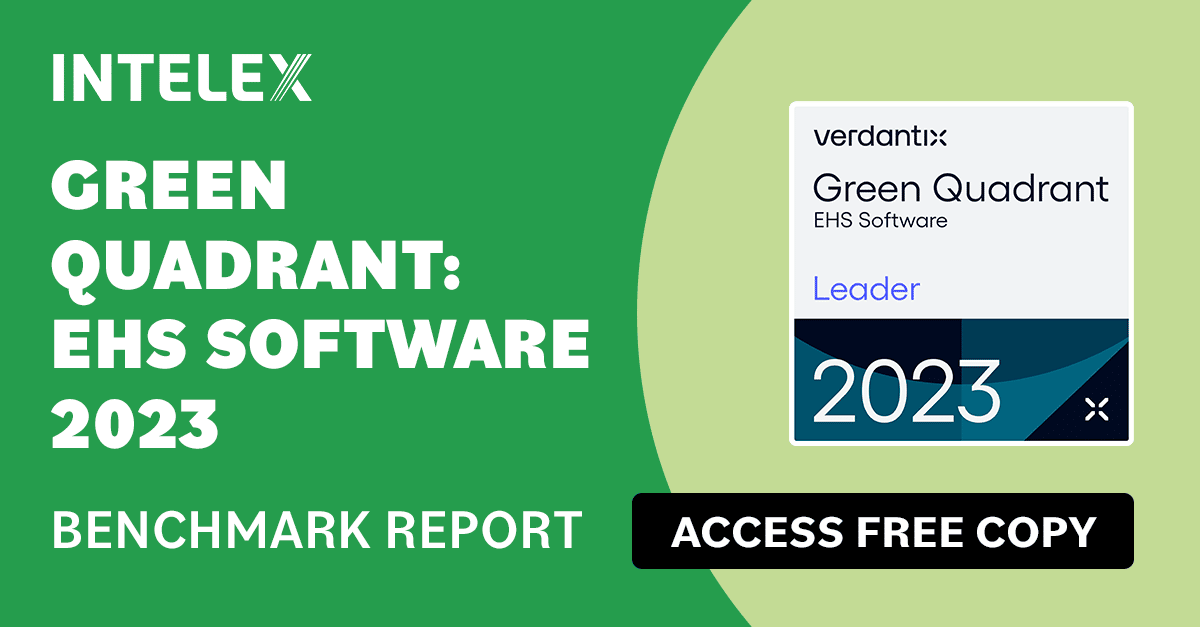The Difference Between CapEx and OpEx Software Purchases
March 1, 2016

The reality is that enterprise software purchases are complex. The purchase process can be long and drawn out and include dozens, if not hundreds of factors. When it comes to making decisions around which solutions to go with, technology and technological capability are merely one subset of these factors. How to pay for new software is another and equally important element of a purchase decision you should keep in mind as well.
This is especially the case when it comes to today’s software landscape. The cloud and SaaS have created new purchase options beyond traditional owned perpetual software licensing. This in turn has also opened up new options when it comes to the financing models used to pay for software that buyers can now consider.
You’re probably not an accountant and may only have a modest understanding of the benefits of accounting for technology investments as an operational expense versus a capital expense. As such it can be difficult to fully articulate the potential financial implications and benefits of using one or the other to account for their technology investments when vying for internal budgets and approvals.
Here is a very basic overview.
CapEx vs. OpEx
Capital expenditures cover any major investments in goods which will show up on an organization’s balance sheet. Any long term assets such as property, infrastructure or equipment (including owned software licenses) are considered capital expenditures and from an accounting standpoint must be depreciated over the life of the asset to reflect their current value on the balance sheet. This is typically calculated over a period of 3 to 10 years.
Operating expenditures, on the other hand, show up on a completely different set of accounting reports. These costs are included as part of your company’s profit and loss. That’s because operating expenses are related to expenses that will be incurred on an ongoing basis. Some people refer to these expenses simply as the cost of doing business.
Shifting capital expenses to operating expenses can be a clever way for organizations to stretch their budgets – at least from an accounting standpoint. This accounting flexibility is now an option for software purchases thanks to SaaS.
The table below summarizes and compares the two.
Benefits of OpEx
In these challenging economic times, many organizations are in the pursuit of maintaining a lean balance sheet to preserve cash flow. As a result many organizations, including yours, may be paring back or freezing new CapEx investments, opting instead wherever possible to fund projects from OpEx budget. From a technology perspective, these decisions on what should or should not be a capital asset are also influenced by the rapid changes inherent in modern technology. New hardware runs faster, uses less energy and provides more cores every year, likewise SaaS platforms often employ rapid upgrade cycles with a constant influx of improvements. In that context it doesn’t make sense to sink money into technology that could be obsolete by the very next model.
Moving software purchases to a more flexible SaaS model and the resulting flexibility in how an organization can account for these tools as an OpEx versus a CapEx is one of the many advantages that the cloud has brought to many organizations. Using your OpEx budget is a great way to help your organization do more with less. Less headaches from unexpected hardware failures, less headaches from software patches gone wrong, and ultimately less headaches for your accounting team as well. It’s a win-win, for you, for your CIO and your CFO as well.
Download this FREE whitepaper and learn about the pros and cons of buying commercial software versus building your own.






